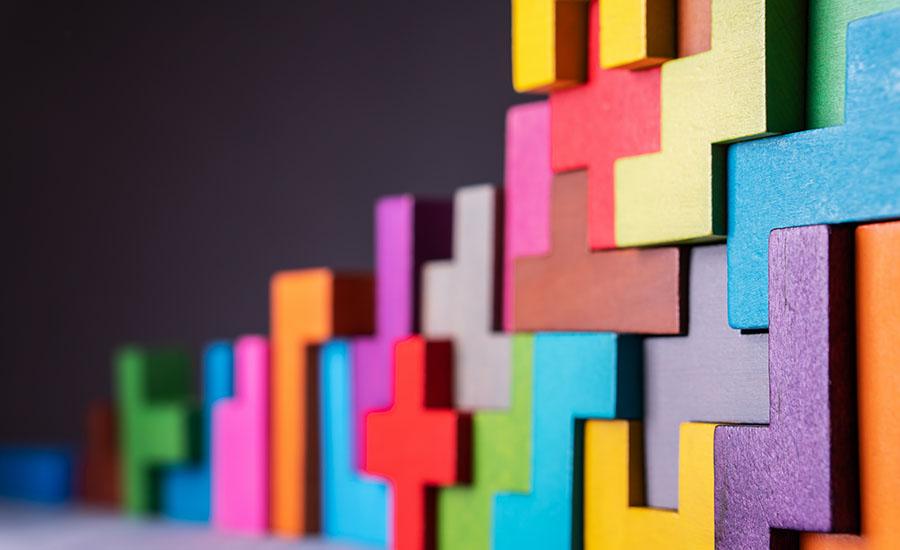
Students will investigate the difference between amplitude and frequency to see which one transfers more energy. Students will collect data, graph their data, and complete a written conclusion.

Students will investigate the difference between amplitude and frequency to see which one transfers more energy. Students will collect data, graph their data, and complete a written conclusion.

This lesson, adapted from NOAA, focuses on tides. Students pretend to be a ship captain delivering materials to a construction company. However, their ship must go under a bridge. Students must find

Students will discover: What will happen if animals are eliminated in ecosystems and food webs?

Students will participate in a hands-on scientific experiment that addresses the question: "Can you grow plants without seeds?" To further explore this concept, students will actively listen to a read

Engineers often create small-size models of a new product to test its design. This is especially true with airplanes. Model testing tells engineers how a design responds to different air conditions

Students will read the novel, "The Lion of Mars", design & launch paper rockets, and then design a sustainable Mars Colony inspired by the novel. This hands-on lesson is scheduled to take around 15

Students will read an article about new innovative inventions. Students will research an issue they care about. Some examples would be climate change, trash, world hunger, forest fires, pollution, etc

This lesson is based on a Navajo Story: "The Three Little Sheep". The story connects to the famous, "The Three Little Pigs". Students become engineers and create different dwelling models: a grass hut

Students use large building bricks to practice computational thinking, direction giving and being specific in those directions. This lesson can be completed in one 30-45 minute class session. This is